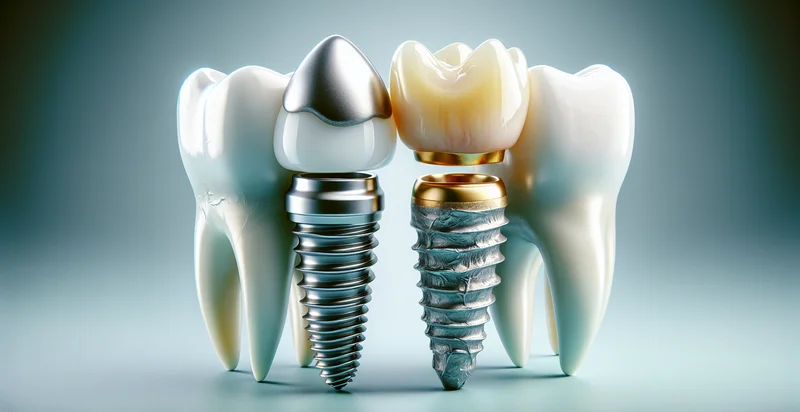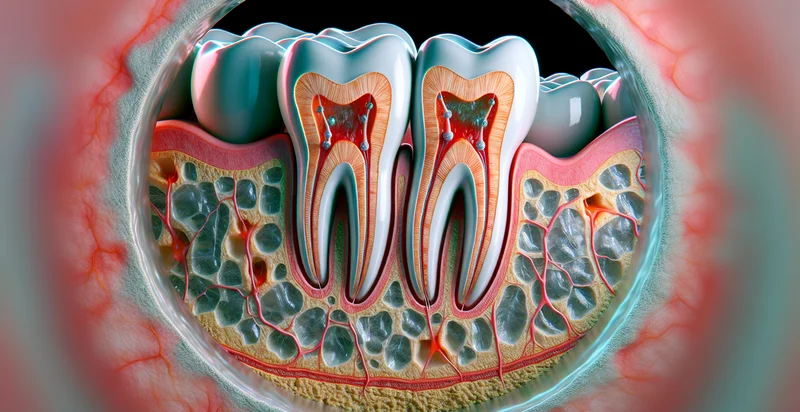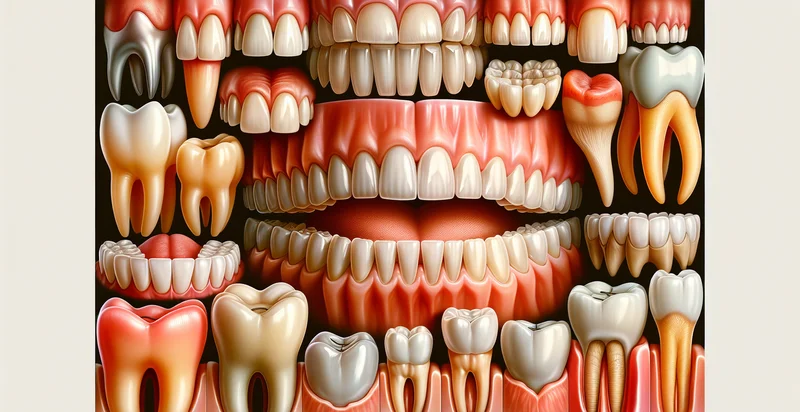Identify tooth restoration types
using AI
Below is a free classifier to identify tooth restoration types. Just upload your image, and our AI will predict what type of tooth restoration is most suitable - in just seconds.

Contact us for API access
Or, use Nyckel to build highly-accurate custom classifiers in just minutes. No PhD required.
Get started
import nyckel
credentials = nyckel.Credentials("YOUR_CLIENT_ID", "YOUR_CLIENT_SECRET")
nyckel.invoke("tooth-restoration-types", "your_image_url", credentials)
fetch('https://www.nyckel.com/v1/functions/tooth-restoration-types/invoke', {
method: 'POST',
headers: {
'Authorization': 'Bearer ' + 'YOUR_BEARER_TOKEN',
'Content-Type': 'application/json',
},
body: JSON.stringify(
{"data": "your_image_url"}
)
})
.then(response => response.json())
.then(data => console.log(data));
curl -X POST \
-H "Content-Type: application/json" \
-H "Authorization: Bearer YOUR_BEARER_TOKEN" \
-d '{"data": "your_image_url"}' \
https://www.nyckel.com/v1/functions/tooth-restoration-types/invoke
How this classifier works
To start, upload your image. Our AI tool will then predict what type of tooth restoration is most suitable.
This pretrained image model uses a Nyckel-created dataset and has 20 labels, including Abutment, Bridge, Ceramic Restoration, Complete Denture, Crown, Dental Bonding, Fiber Reinforced Composite, Filling, Implant and Inlay.
We'll also show a confidence score (the higher the number, the more confident the AI model is around what type of tooth restoration is most suitable).
Whether you're just curious or building tooth restoration types detection into your application, we hope our classifier proves helpful.
Related Classifiers
Need to identify tooth restoration types at scale?
Get API or Zapier access to this classifier for free. It's perfect for:
- Dental Treatment Planning: This function can assist dental professionals in effectively planning patient treatments by accurately identifying the type of tooth restoration needed. By providing detailed classifications, it helps in choosing the most appropriate materials and techniques for each patient's individual case.
- Patient Education: Dentists can leverage the image classification function to educate patients about various tooth restoration options. By visually displaying classified images and explaining their benefits, patients can make informed decisions about their dental care.
- Insurance Claim Processing: Insurance companies can utilize the classification algorithm to streamline the processing of dental claims. By quickly and accurately identifying restoration types, the algorithm ensures that claims are evaluated for reimbursement in a more efficient and standardized manner.
- Research and Development: Dental professionals and researchers can use this classification function to gather data on tooth restoration trends and outcomes. Analyzing the occurrence and success rates of different types of restorations will improve future treatment methodologies and material development.
- Automated Dental Record Management: The function can be integrated into dental practice management software to automate the documentation process regarding tooth restorations. This reduces clerical errors and ensures that patient records are up to date with accurate restoration classifications.
- Marketing and Communication: Dental clinics can utilize the image classifier to create targeted marketing campaigns. By understanding which types of restorations are most common among their patient base, they can tailor communications and offers to address specific patient needs and interests.
- Quality Control in Dental Labs: Dental laboratories can implement this function for quality assurance by confirming that the correct type of restoration is being produced. By automatically identifying and verifying restoration types, labs can minimize errors and ensure consistent quality in dental prosthetics.


